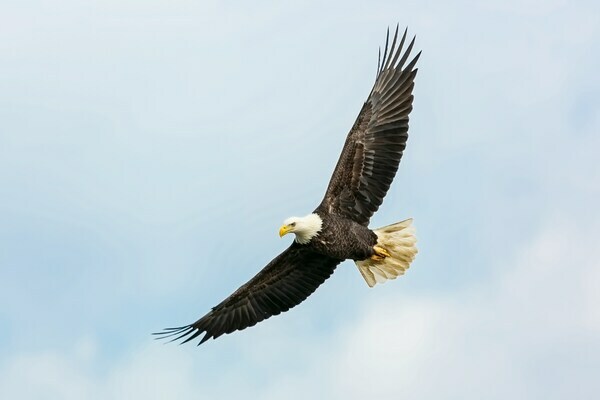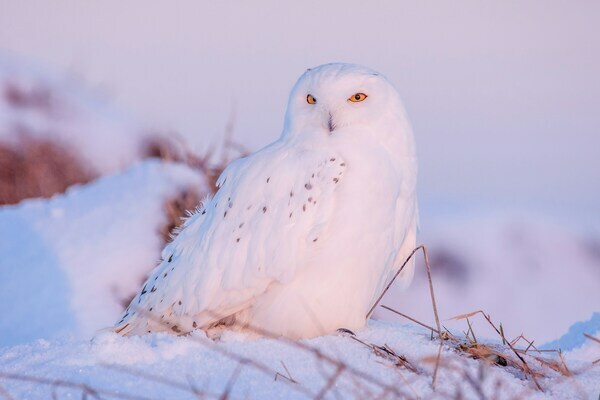Unraveling the Charm of Northwest's Winter Birds
As winter cloaks the Northwest in a blanket of frost and snow, a spectacular transformation takes place. The region becomes a haven for winter snow birds, a diverse array of birds that live in the snow. From majestic eagles to tiny hummingbirds, these feathered visitors bring life and color to the stark winter landscape. This article seeks to unravel the charm of these enchanting creatures, providing an in-depth look at their unique characteristics, popular species, and tips for birdwatching.
The Northwest is a region that's rich in biodiversity, owing to its vast expanses of forests, mountains, and coastlines. During the winter months, these natural habitats turn into a bustling aviary, hosting a multitude of birds in cold climates. Each cold climate bird is a unique spectacle, showcasing distinct behaviors, sounds, and plumage that are a delight for both casual nature enthusiasts and avid birdwatchers.
Understanding these winter birds is more than just an exercise in natural history. It's an opportunity to connect with the rhythms of nature, appreciate the beauty of wildlife, and even contribute to conservation efforts. So, let's embark on this journey to discover the charm of Northwest's winter birds.
Characteristics of Winter Birds in the Northwest
Winter birds in the Northwest display a range of fascinating characteristics, shaped by the need to survive the harsh winter conditions. One of the most notable traits is their adaptability. These cold weather birds exhibit remarkable resilience, braving freezing temperatures, limited food sources, and shorter daylight hours. They adjust their behaviors, diet, and even physical attributes to thrive in the winter environment.
Another striking feature of Northwest's winter birds is their vibrant plumage. Many species don a winter coat of feathers that's distinct from their summer attire. This change in coloration not only provides camouflage against the snowy backdrop but also plays a crucial role in courtship displays, making them true snow birds animals.
Finally, winter birds in the Northwest are known for their unique vocalizations. Their songs fill the crisp winter air, providing a melodious soundtrack to the quiet winter landscape. These calls and songs serve various purposes, ranging from attracting mates to defending territories and communicating with fellow cold birds.
Popular Northwest Winter Birds
The Northwest is home to several popular large winter birds, each with its own unique allure. One of the most iconic is the Bald Eagle. Majestic and powerful, these birds are a sight to behold against the stark winter sky. They gather in large numbers along the region's rivers and coastlines, providing ample opportunities for viewing.
Another crowd favorite among the types of snowbirds is the Snowy Owl. This magnificent bird, with its piercing yellow eyes and pristine white feathers, is a rare winter visitor that's always a delight to spot. They migrate to the Northwest from the Arctic tundra, adding a touch of magic to the winter landscape.
Smaller but equally captivating among the types of snow birds are the Anna's Hummingbirds. Defying their tropical origins, these tiny birds have adapted to survive the Northwest's winters. Their iridescent feathers sparkle in the winter sunlight, making them a favorite among birdwatchers and photographers.
Winter Birdwatching Tips in the Northwest
Birdwatching in the Northwest during winter can be a rewarding experience, provided you're well-prepared with essentials like a winter bird feeder. Dressing warmly is essential to endure the cold temperatures. Equally important is investing in a good pair of binoculars for clear, close-up views of the birds.
Knowing when and where to look for birds can significantly enhance your winter birding experience. Early morning is often the best time to spot birds, as this is when they're most active. In terms of location, areas near water bodies, such as rivers, lakes, and coastlines, are prime birdwatching spots, attracting a diverse range of species.
Finally, patience is key in birdwatching. It takes time to spot birds, especially elusive species like owls. But with patience and persistence, the rewards can be truly gratifying.
The Charm and Allure of Northwest's Winter Birds
The charm and allure of Northwest's winter birds lie not just in their beauty but also in their resilience and adaptability. Their ability to thrive in harsh winter conditions is a testament to nature's incredible resilience. It's a reminder of the cycles of life and the interconnectedness of all living beings.
Watching these birds navigate the winter landscape, one cannot help but be captivated by their grace and tenacity. Their vibrant colors pop against the snowy backdrop, their songs break the silence of the frosty mornings, and their flight offers a sense of freedom and wonder.
Indeed, the charm of Northwest's winter birds goes beyond birdwatching. It's about experiencing the magic of nature, gaining a deeper appreciation for wildlife, and finding joy and inspiration in the midst of winter.
How to Attract Winter Birds in the Northwest
Attracting winter birds to your backyard in the Northwest, including the winter birds in Washington State, is a rewarding endeavor that not only enhances your birdwatching experience but also helps support local bird populations. Providing food, water, and shelter are the key elements to turn your backyard into a winter bird feeding haven.
Bird feeders stocked with high-energy food like seeds, nuts, and suet can be a lifeline for winter waterfowl and other birds during winter when food is scarce. A heated birdbath ensures a steady supply of unfrozen water for drinking and bathing. Birdhouses and dense shrubs provide safe roosting spots away from predators and harsh weather.
Remember to place bird feeders and birdbaths in safe and quiet areas, preferably near shrubs or trees that provide quick cover for birds. Regularly clean and refill them to keep the birds healthy and coming back.
Bird Conservation Efforts in the Northwest
While the Northwest hosts a rich diversity of birds, many species are facing threats from habitat loss, climate change, and other human impacts. As a result, bird conservation efforts in the region are gaining increasing importance.
Several organizations, such as the Audubon Society and BirdLife International, are at the forefront of these conservation efforts. They carry out scientific research, run conservation programs, and advocate for bird-friendly policies. Their work is instrumental in preserving the region's avian biodiversity, including the common birds of the Pacific Northwest, and ensuring that future generations can enjoy the spectacle of Northwest's winter birds.
Individuals can also contribute to bird conservation. Participating in citizen science projects, supporting conservation organizations, creating bird-friendly habitats in backyards, and spreading awareness about birds and the threats they face are some of the ways to make a difference.
Bird Photography in Northwest's Winter
Bird photography in the Northwest's winter is an exciting pursuit that combines the art of photography with the joy of birdwatching. Capturing northwest bird pictures against the winter landscape provides a stunning backdrop, with snowy scenes that enhance the beauty of pictures of pacific northwest birds.
To capture stunning bird photographs, it's essential to understand the behavior of the birds. Patience is key, as it may take time for the birds to appear and display interesting behaviors. Using a long telephoto lens will allow you to maintain a respectful distance without disturbing the birds.
Remember, the welfare of the birds should always come first. Avoid causing stress or disturbance to the birds and respect their natural habitats. After all, the goal of bird photography should not only be to capture beautiful images but also to celebrate and conserve the beauty of nature.
Explore Birding Tours in the Northwest
For those seeking a guided experience, there are numerous birding tours available in the Northwest. These tours offer expert guides, who can help identify different bird species, share interesting bird facts, and provide tips for spotting and photographing birds.
Birding tours can take you to some of the region's best birdwatching spots, from national parks and wildlife refuges to coastal areas and mountain ranges. Whether you're a seasoned birder or a novice, these tours provide an enriching and enjoyable way to experience Northwest's winter birds.
Unraveling the charm of Northwest's winter birds that live in snow is a journey filled with awe and wonder. These feathered visitors, with their striking colors, enchanting songs, and remarkable resilience, are a testament to the splendor and adaptability of nature. They not only add life and color to the winter landscape but also offer opportunities for birdwatching, photography, and conservation. So, as winter sets in, take a moment to appreciate these winged wonders and the joy they bring to the frosty Northwest winter.
Please support The OutdoorsNW by subscribing today!
You may also like:
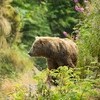
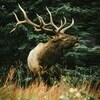
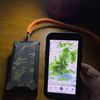


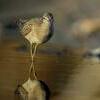
.png)
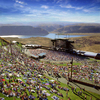
